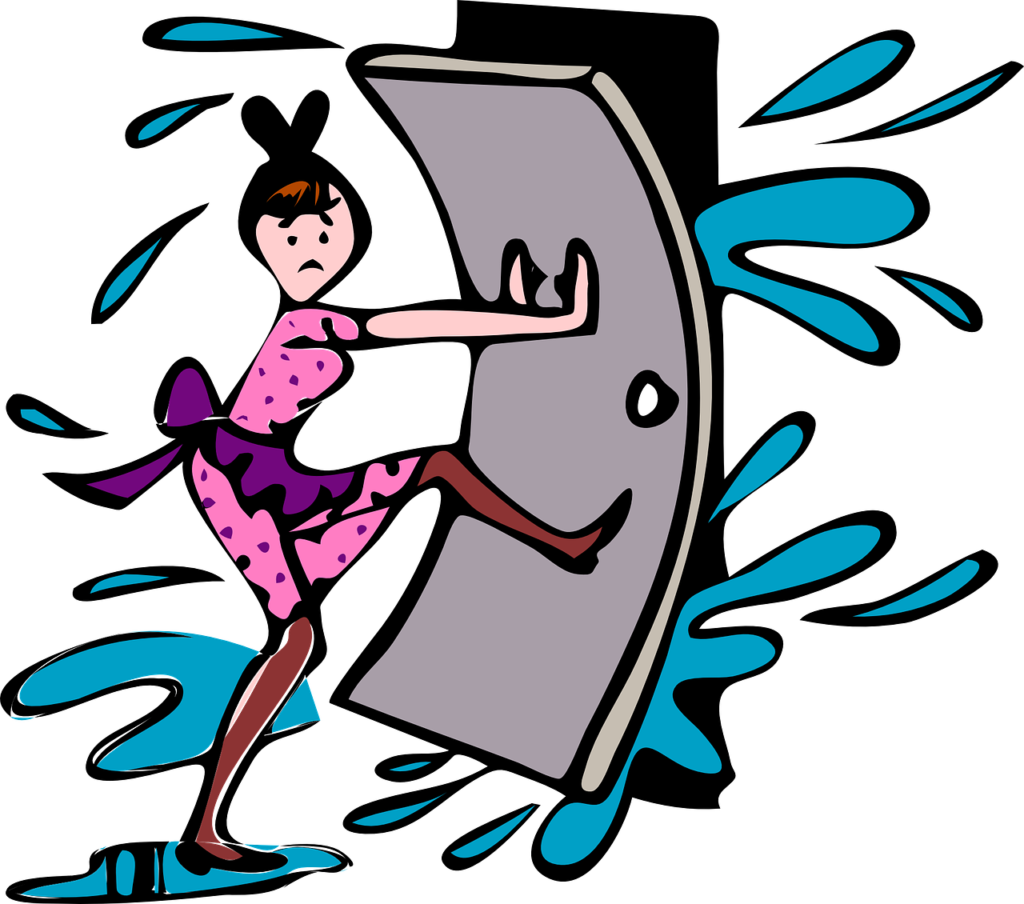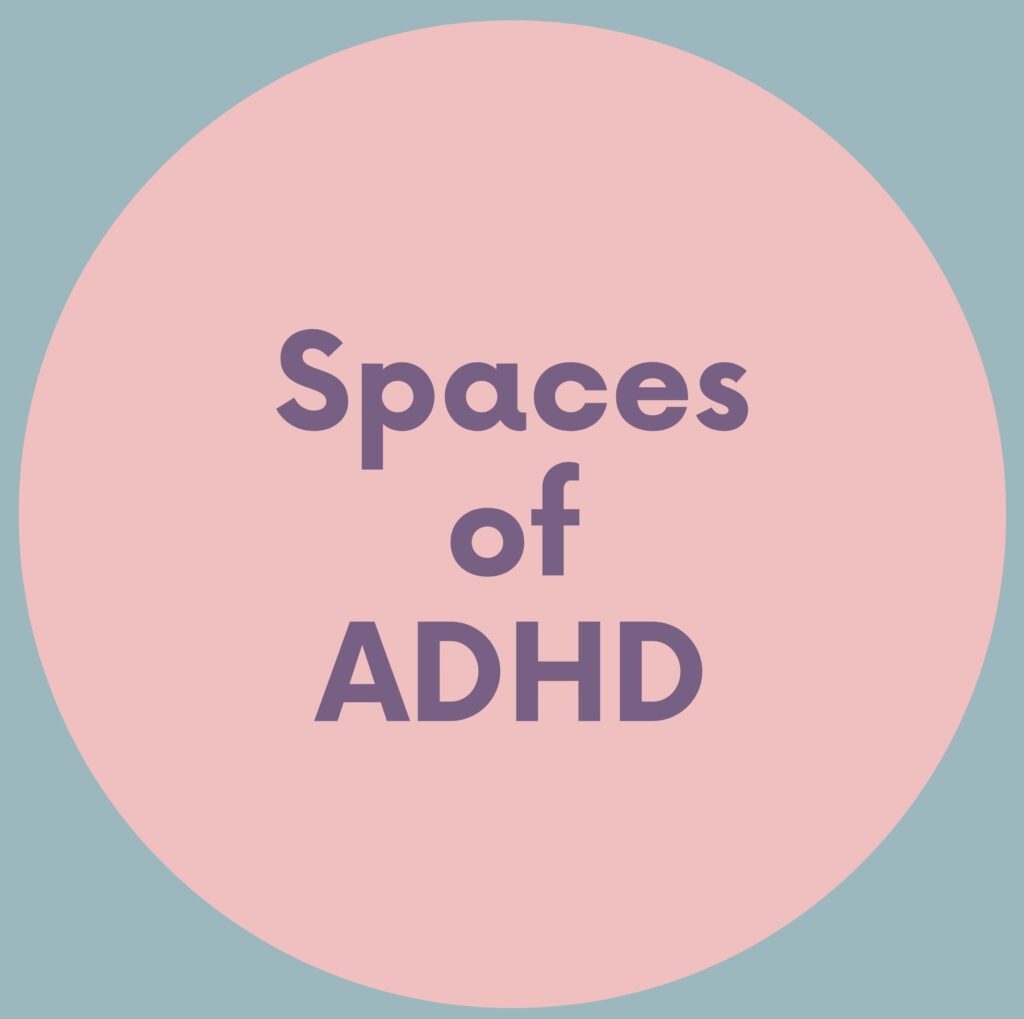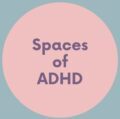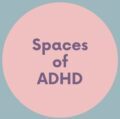Geography and ADHD
There are two key terms that are of great importance to Human Geographers – place and space.
Put simply, space is where things happen. Place is the meaning we give to the spaces where things happen.
Thus we may think of green spaces, urban spaces, and online spaces. But where these spaces take on meaning, and become important to human life, they become places – Hyde Park, Singapore, or an online community of women with ADHD.
Places and spaces matter to human life. They are both shaped by us, and shape our lives. Geographers interested in health have, for example, shown that ‘Where you live can kill you‘ – showing how the type of home you live in and where it is impacts our health. Others have brought attention to how human interventions in places can lead to pollution, land-use change, war, and socioeconomic decline, which in turn, all impact health.
Often referred to as a ‘therapeutic landscapes’ health geographers have also sought to examine the various ways that different spaces and places have therapeutic or non-therapeutic effects. From researching the wellbeing effects of undertaking pilgrimage, considering how the physical setting of mental health facilities impacts on patient’s recovery, or examining the importance of green and blue spaces, geographers have done much to develop spatial understandings of many forms of physical and mental health conditions.
However, apart from studies that examine the geographic prevalence of ADHD within populations – i.e. looking at where people with diagnoses/prescriptions live, there has been no geographical engagement with ADHD, and very limited engagement with neurodiversity more broadly (this work will be summarised in a future post on Geography and neurodiversity!)

ADHD and home spaces
The absence of geographical analysis is surprising given ADHD diagnosis itself is inherently spatial, requiring evidence of ‘impairment’ in two or more settings of which home is one (APA-DSM-V, 2013). Added to this, research indicates that ADHD may manifest differently in different spaces for different groups. Women with ADHD, for example, have been found to report more impairment in home settings than men. It has been theorised that this is because social expectations that frame women as household organisers mean ADHD symptoms such as inattentiveness, expressed as an inability to ‘tidy up’, remember appointments, and juggle domestic duties, become overwhelming (Waite 2007).
- Fedele et al. (2012) found wADHD in college self-reported impairment in home life significantly more than men.
- Babinski et al (2011) similarly found teenage girls struggled more at home than in school/work.
- There is increasing evidence of a connection between ADHD and hoarding behaviours/disorder
Nonetheless, the home remains an under-researched space in ADHD research, perhaps a result from the longstanding association of ADHD with men and boys, as well as the wider absence of recognising home as a place of health.

ADHD and online spaces
Research also indicates that, faced with later and more difficult pathways to diagnosis and recognition of symptoms, women are more likely to turn to online spaces to gain information, receive and provide support, and develop communities of ADHD-ers!
Online spaces can refer to a whole range of things, many you may have used to try and help you navigate your ADHD symptoms. Others may well have the opposite affect and leave you feeling worse, less productive.
- Health information sites (government, charity, private-sector led)
- Mobile Apps (such as productivity, calendar, notetaking apps)
- Online communities (on social media or ADHD-oriented organisations)
- Smart home technologies (Internet of Things, voice activated home assistants, etc)
- Wearable technologies (fitness watches)
- Accessing healthcare (video/phone/chat appointments)

Therefore, it is also important to better understand how the relationship between online spaces and ADHD.
Spaces of ADHD

This project therefore hopes to bring attention to the home and online spaces – spaces where women with ADHD experience, manage, and navigate their conditions.
Through using photovoice – a method where participants are asked to represent their experiences through photography – women are given the opportunity to show rather than just tell about their experiences. There is of course the opportunity to speak in a more conventional way through the interview element. Photovoice also allows for group analysis, giving others the opportunity to shape the analysis, sharing their own experiences and reflecting on others. Photovoice also means that there can be a visual output from the research – this website, social media, and an art exhibit in the UK in summer of 2022.
Online habits, however, are much more difficult to record. Thus, to better understand online spaces, a brief diary exercise will be used.

